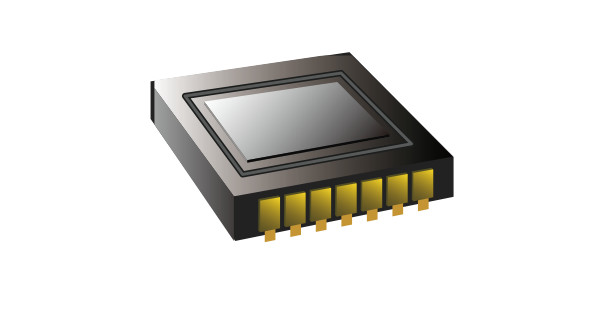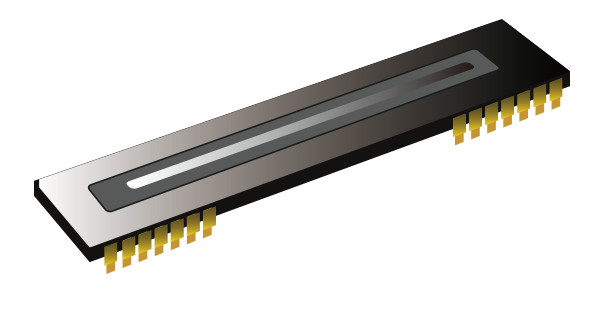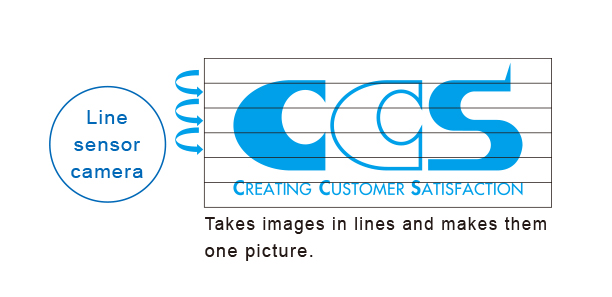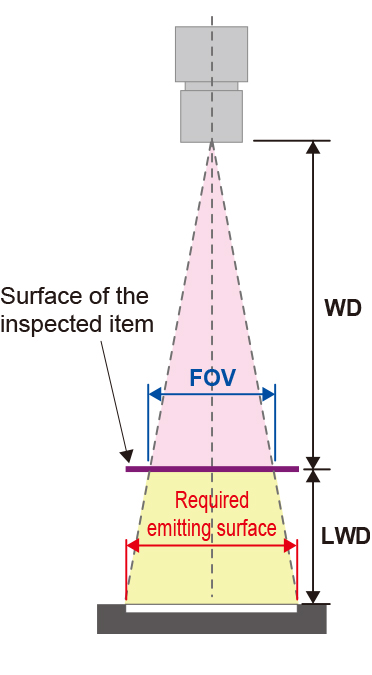Basic line sensor camera knowledge
Differences between area sensor cameras and line sensor cameras
| Area sensor camera | Line sensor camera | |
|---|---|---|
| Shape of imaging element |  |
 |
| Lens mount | C mount, F mount, etc. | F mount, M72 mount, etc. |
| Pixel expression | 2M(1,600×1,200 pix) | 8K(8.192 pix) |
| Capture expression | Shutter speed 1/4,000 (250μsec) 1/60 (16.67msec) |
Charge storage time 4,000Hz (250μsec) 1,000Hz (1msec) |
Imaging methods for the area sensor camera and the line sensor camera (Conceptual image)


Pixel count for line cameras
| Pixel count | Pixel size | Ratio of receiving surface area |
|---|---|---|
| 2K(2,048) | 14×14μm | 16 |
| 4K(4,096) | 10×10μm | 8 |
| 8K(8,192) | 7×7μm | 4 |
| 12K(12,228) | 5×5μm | 2 |
| 16K(16,384) | 3.5×3.5μm | 1 |
Note: Brightness varies based on the wavelength of the light source and the receiving sensitivity of the image sensor. Brightness does not necessarily correspond to the receiving surface area ratio.
How to find the required emitting surface when selecting a line sensor Light
Information required when selecting the length of your Light Unit
- (1) WD (Working distance): Distance from the camera to the surface of the inspected item
- (2) LWD (Light working distance):Distance from the Light Unit to the surface of the inspected item
- (3) FOV (Field of vision)
Calculate the require emitting surface using the items above

Note: The above is only valid for applications using direct light transmission or direct light reflection.
The emitting surface must be uniform. Select a Light Unit longer than the emitting surface you calculated.

Setup examples

